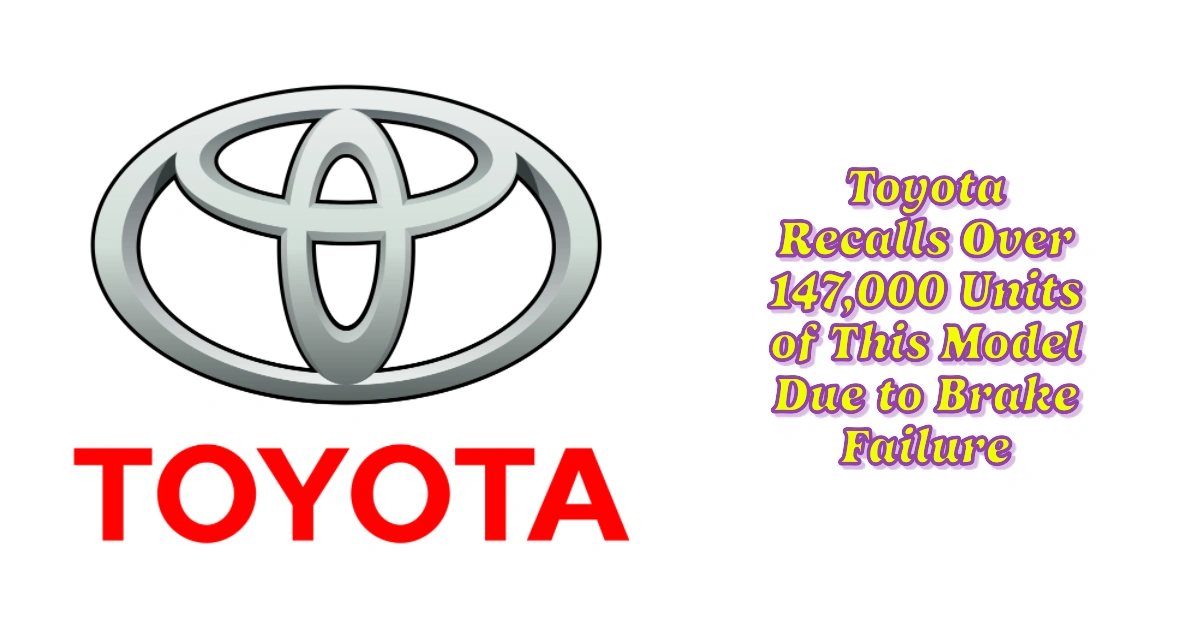

As the year-end approaches, it’s time to focus on optimizing your tax strategy. The 2024 tax season brings some noteworthy changes that could impact your tax planning. With just a few weeks left until December 31, here’s a guide to help you make the most of the current tax regulations and set yourself up for success.
Table of Contents
1. Take Advantage of Tax-Gain Selling
One of the significant updates in 2024 is the increased capital gains inclusion rate. The 2024 federal budget raised the inclusion rate from 50% to 66.67% for gains realized on or after June 25, 2024. However, there’s good news: individuals and certain trusts (like graduated rate estates and qualified disability trusts) can still take advantage of the 50% inclusion rate on the first $250,000 of capital gains annually.
Here’s how to maximize this benefit:
- Crystallize Gains: Consider selling investments to realize up to $250,000 in capital gains before the end of 2024 to enjoy the lower 50% inclusion rate. This process, known as crystallizing gains, involves selling and immediately repurchasing publicly traded shares to lock in your gains. Unlike loss crystallization, there’s no waiting period to buy back the stock, so you don’t have to wait 30 days.
- Calculate Your Gains: Make sure your total gains do not exceed the $250,000 limit to qualify for the lower rate. The last trade date is December 30, 2024, for the transaction to settle before year-end.
- Future Tax Impact: When deciding, consider your long-term rate of return. If the tax savings from crystallizing gains are invested to earn a compounded return, it could take years to outweigh the benefit.
2. First Home Savings Account (FHSA) Tips
The First Home Savings Account (FHSA) remains a fantastic tool for first-time homebuyers. Here’s what you should know for 2024:
- Eligibility: To qualify, you must be a Canadian resident and at least 18 years old, with no history of owning a home as your principal residence in 2024 or the previous four years.
- Contribution Limits: You can contribute up to $8,000 annually, with a lifetime limit of $40,000. If you opened an FHSA in 2023 but haven’t contributed, you can deposit up to $16,000 in 2024, including carryforward room.
- Deadline: Contributions must be made by December 31, 2024, to count for this tax year. Contributions made within the first 60 days of 2025 are not eligible for a 2024 tax deduction.
- Growth and Transfers: The FHSA allows tax-free growth for up to 15 years. If you don’t use the funds to buy a home, you can transfer the balance to your RRSP or RRIF on a tax-free basis, without affecting your RRSP contribution room. Transfers will only be taxed upon withdrawal.
- Consider Opening an Account: Even if you can’t contribute the full $8,000 this year, opening an FHSA by December 31, 2024, is beneficial. Doing so will generate $8,000 of contribution room for 2024 and an additional $8,000 on January 1, 2025.
Pro Tip for Parents and Grandparents: Consider gifting up to $8,000 to children or grandchildren over the age of 18 to help them open an FHSA. They can claim the tax deduction when it’s most advantageous, such as in future years when they have higher income.
RRSP Conversion Options 2025: Best Ways to Convert Your Savings into Income
CRA Denied an Ontario Taxpayer’s RRSP Deduction due to Pension Adjustments & the Tax Court’s Ruling
RRSP Canada: Benefits and Drawbacks of Retirement Savings Plan
Why Your Group RRSP is a Valuable Benefit 2024: What to Do When You Leave the Program
Home Buyers’ Plan 2025: How to Use Your RRSP for a First-Time Down Payment
3. New Alternative Minimum Tax (AMT) Regime
The updated Alternative Minimum Tax (AMT) for 2024 could impact high-income earners. The AMT ensures a minimum tax level for those who claim substantial deductions, exemptions, or credits.
- Threshold: The new AMT applies to taxpayers with taxable income over $173,205. If you fall into this bracket and plan to claim large deductions, such as significant deductible interest expenses or loss carryforwards, consult your tax advisor before year-end to mitigate the impact.
- Parallel Calculation: The AMT is calculated alongside the regular tax system, using fewer allowable deductions and credits. If the AMT exceeds your regular tax amount, you must pay the difference as AMT.
- Planning Ahead: If you anticipate a large tax deduction, strategic planning is crucial. Speak to your tax accountant to explore ways to minimize AMT liabilities and maximize deductions.
$360 Ontario Sales Tax Credit for Low-Income Residents 2024: Eligibility and Payment Dates
CRA Tax Relief: How to Qualify & Apply for Taxpayer Relief and Tax Benefits Explained
Tax planning in 2024 requires special attention to new rules and potential changes. From crystallizing gains to maximizing your FHSA contributions and navigating the new AMT, early planning can help reduce your tax burden and boost your financial well-being. Be sure to consult a tax professional to tailor these strategies to your specific situation and take full advantage of the opportunities available.
Remember, the clock is ticking. With only a few weeks left until year-end, start your tax planning now to make the most of these unique 2024 tax rules!









Leave a Reply